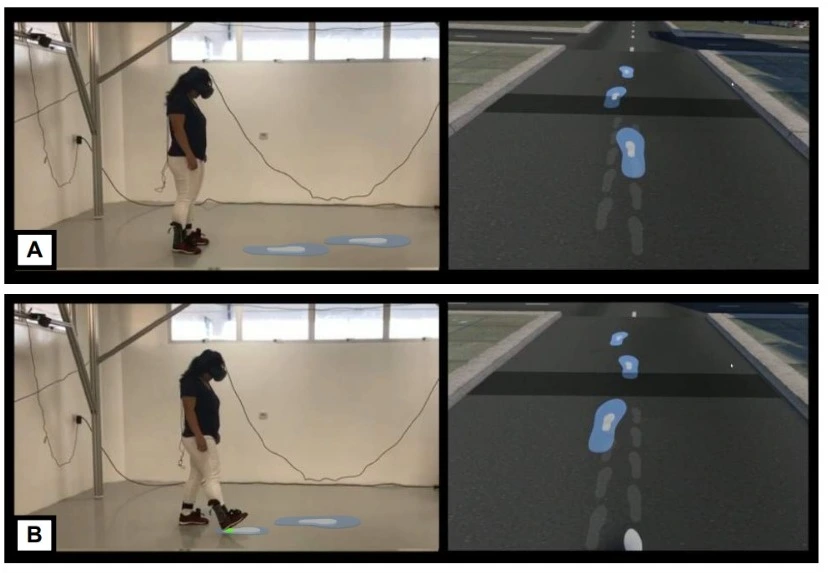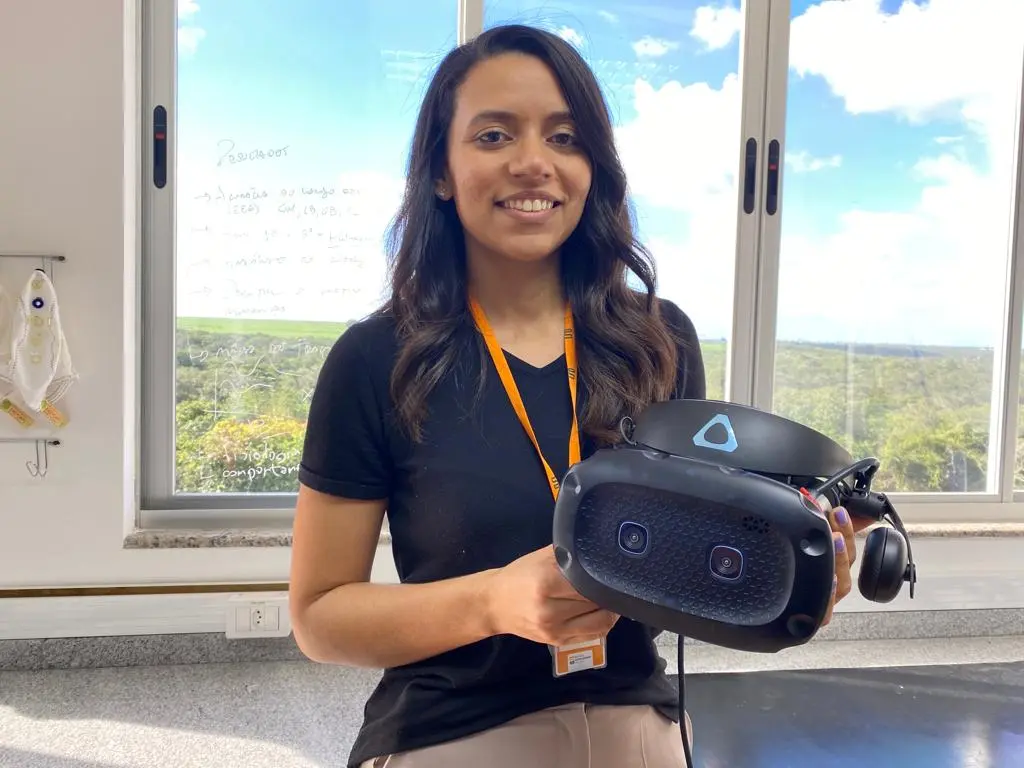When physiotherapist Patrícia Silva, 34, enrolled in her master's degree in neuroengineering at the Santos Dumont Institute (ISD), in Macaíba, she fell in love with the world of data. “I had never programmed and, suddenly, I found myself in this world and found myself enchanted by it”, she says. In a short time, Patrícia realized that she could combine her clinical knowledge about rehabilitation with new programming skills, to develop tools that improved the therapeutic process. That's when GAIT: Go Across Immersive Technology was created, a game that uses virtual reality to control foot movements for people with walking problems.
The project, developed during the two years of the master's degree and continued throughout the Doctorate in Physiotherapy at the Federal University of Rio Grande do Norte (UFRN) and at Florida International University (FIU) in Miami, in the United States, became a scientific article, published in early July by the international journal Games for Health Journal (Journal of Games for Health, in free translation).
GAIT, the acronym formed by the name given to the game, in English means “march”. To create the game, Patrícia first needed to develop an insole, which would function as a control. To do this, they used vibrating actuators and plantar sensors, which could identify gait patterns and transform them into signals that would be sent to the virtual reality system, to which the device was connected via Bluetooth.

The game, in practice, works like Guitar Hero or Pump It, games in which participants receive a series of on-screen commands that they must reproduce in the real world. When putting on the virtual reality device, the user sees themselves on a street, with steps that must be taken to reach their goal. “The biggest challenge was developing the insole. Working with lower limbs is complicated because when you step on the sensors, the pressure can break them. Furthermore, we also need to find ways to optimize the sending of information from the insole to the game”, explains Patrícia.
After developing the game, a proof of concept was carried out using healthy individuals, with the aim of testing gameplay and user interactivity in the virtual environment. The idea is that, in the future, new concepts such as Machine Learning and Augmented Reality will be incorporated to make their use simpler and more effective.
The GAIT was created to, in principle, be used by people with Parkinson's Disease, who tend to have gait disorders, but it can also be used by people with other conditions, such as the sequelae of a stroke, for example. “Machine learning, or machine learning, will allow the device to continue to improve, using the healthy individual as a parameter, which will help to better understand advances in rehabilitation”, highlights the researcher.
ABOUT ISD
The Santos Dumont Institute is a Social Organization linked to the Ministry of Education (MEC) and includes the Edmond and Lily Safra International Neuroscience Institute and the Anita Garibaldi Health Education and Research Center, both in Macaíba. ISD's mission is to promote education for life, forming citizens through integrated teaching, research and extension actions, in addition to contributing to a fairer and more humane transformation of Brazilian social reality.















